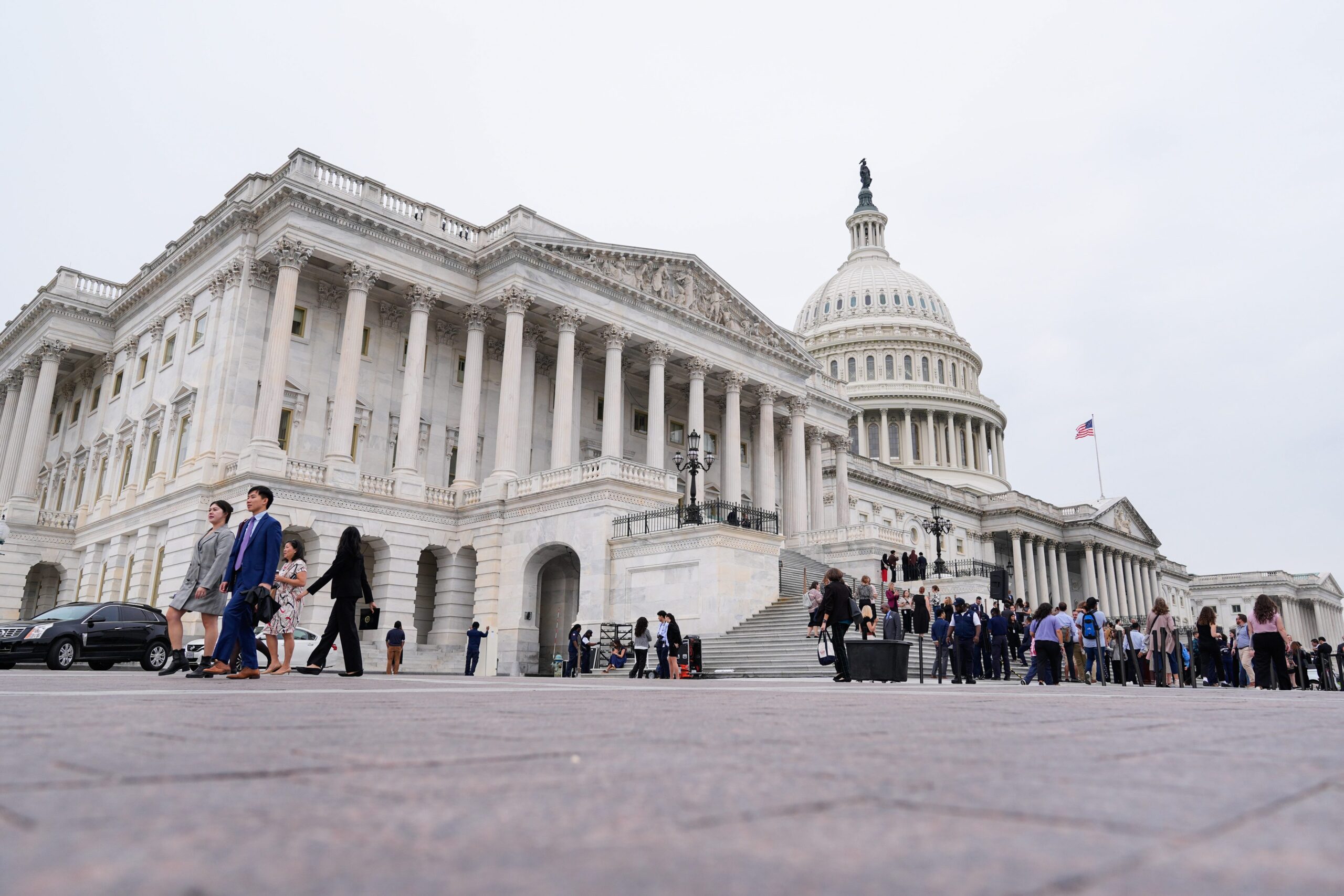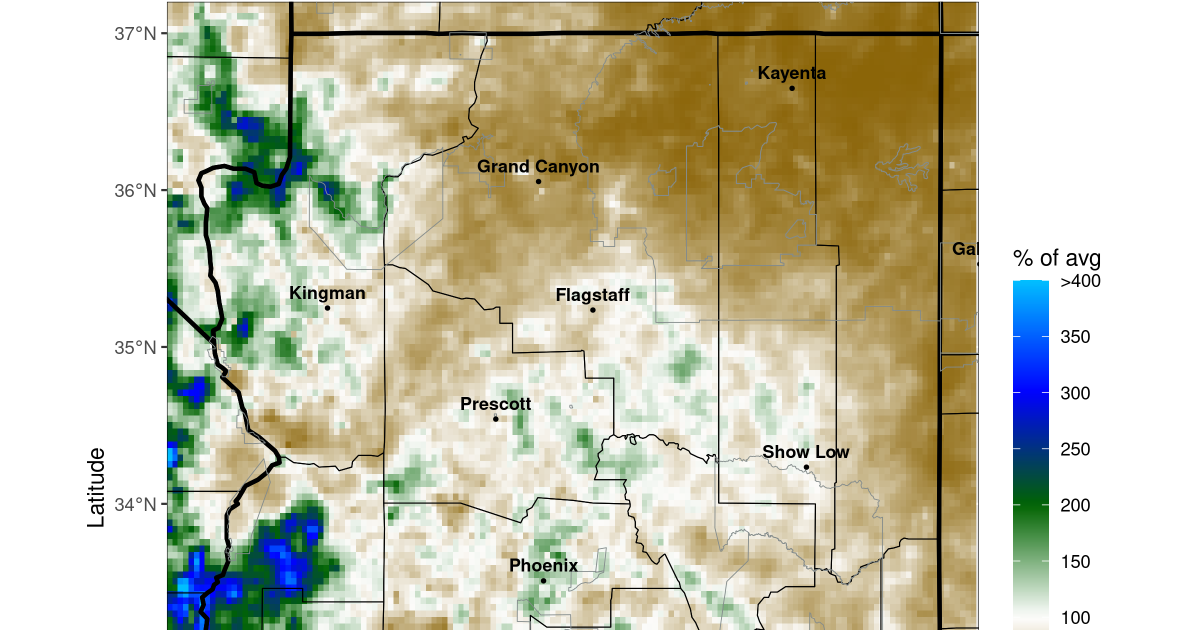As the deadline for government funding approaches, a potential shutdown looms, with significant implications for various sectors across the United States. Federal workers, travelers, and recipients of government aid programs face uncertain outcomes if congressional action does not avert the shutdown by midnight on October 1st.
Without an agreement, nonessential government functions would halt, affecting services and leaving hundreds of thousands of federal employees without pay. Here’s a breakdown of how different sectors might be impacted.
If you’re traveling by air…
Essential personnel like air traffic controllers and most TSA employees will continue working, albeit without pay. Prolonged shutdowns could lead to workers calling in sick, reminiscent of the 2018-2019 shutdown. Those planning international trips might also encounter delays in passport renewals due to reduced staffing.
Mail services remain unaffected
The U.S. Postal Service will continue operations uninterrupted, as it operates independently of the federal appropriations process.
Impact on benefit and safety net programs
While Social Security and VA benefits will continue, processing delays might occur. Programs like the Supplemental Nutrition Program for Women, Infants, and Children (WIC) face immediate funding risks. “A prolonged federal government shutdown of more than one week puts WIC families at risk,” warns Georgia Machell, president and CEO of the National WIC Association. SNAP benefits will last longer but could be jeopardized if a shutdown persists.
Federal employees face financial uncertainty
Federal workers and active-duty military members will miss paychecks during a shutdown, with the first missed full paycheck for federal employees expected on October 24, and for military personnel on October 15. Although they will receive back pay post-shutdown, the White House has hinted at potential mass layoffs if the situation continues.
National parks in limbo
The 2018-2019 shutdown saw national parks remain open without staff, leading to damages. The Trump administration’s decision to keep parks accessible was later deemed unlawful. Future access remains uncertain.
Weather forecasts to continue
Routine and extreme weather forecasts by the National Weather Service will continue, as will urgent equipment repairs. However, a shutdown may delay maintenance and long-term projects for less critical services.
FEMA’s operations under threat
FEMA staff are largely exempt from shutdown impacts and will address emergencies. However, the Disaster Relief Fund is low on funds, requiring congressional action for replenishment. This could delay reimbursement processes for states and local governments.
Effects on specific states
Alaska
With a high percentage of federal employees, Alaska could be significantly impacted by termination threats. Approximately 15,000 federal workers reside in the state, a critical component of its economy.
For more details on Alaska’s situation, visit Alaska Public Media.
Colorado
Rocky Mountain National Park, a significant tourist attraction, faces operational uncertainties. Governor Jared Polis stated that Colorado might allocate state funds to keep the park open if necessary. The National Weather Service will maintain forecast operations in Colorado.
For more information, visit Colorado Public Radio.
California
Potential park closures and staff reductions pose risks in California. With the National Park Service’s workforce already diminished by 24%, concerns about increased vandalism and poaching are prevalent. The Coalition to Protect America’s National Parks advocates for park closures to prevent such issues.
For a detailed report, visit KQED.
Oregon
Oregon, with approximately 30,000 federal employees, will see different impacts based on job roles. Essential workers will remain on duty without pay, while others may face furloughs. Agencies like the Postal Service and Bonneville Power Administration will continue operations.
Further details are available at OPB.
—
Read More Michigan News










